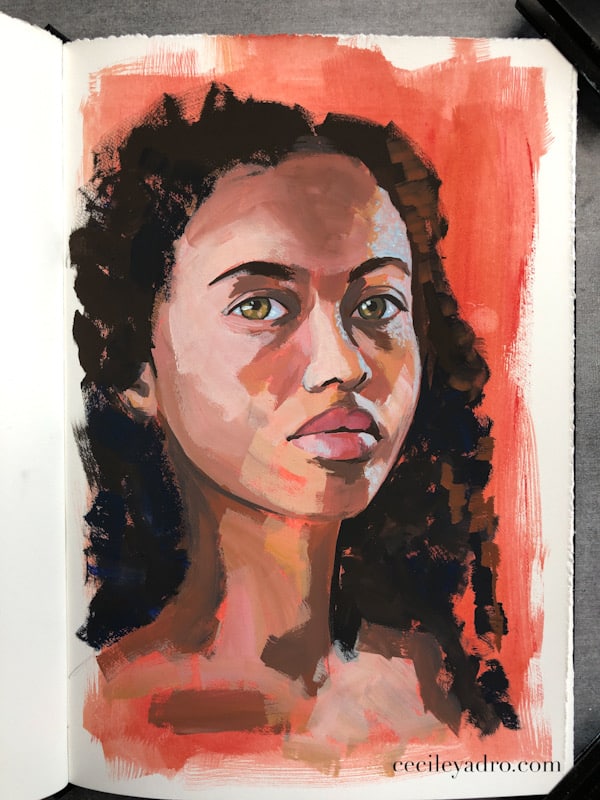Mixing Realistic Greens in Gouache for Landscapes
Today, we’re diving into an issue many of us might have faced – creating realistic greens for our landscape paintings. Green, as a color, has an incredible range of undertones. It can be more yellow, sometimes khaki, swing cool or warm, and shades veering to brown and burgundy. Your palette must have different greens to differentiate the fields, hills, grass, or plants in your artwork.
Mixing warm and cool greens creates many fascinating gradients that can transform your landscape from ordinary to extraordinary. They can be light, dark, or warm – and to add another twist, imagine a sunset; you’ll have warm greens lying atop the dark ones.
Understanding Color Theory
Before we get carried away, let’s briefly talk about color theory. Don’t worry; it’s more manageable than it might sound. Now, every color has roots in three primary colors: Lemon Yellow, Cobalt Blue, and Magenta. These are what we call ‘cool primaries.’ They’re essential because you cannot create them from any other colors.
On the other hand, we also have ‘warm primaries’ – warm yellow, ultramarine blue, and red. You could think of them as ‘secondary’ primaries, but let’s not complicate things. You need to understand that these warm primaries stem from the cool ones. For instance, warm yellow is just yellow with a tiny bit of magenta. Understanding this connection between the cool and warm primaries will unlock a new world of green for you.

Mixing Greens
So, let’s make a few sample mixtures. Always remember to mix dark tones inside lighter ones. This allows you to control the depth and strength of your produced color better.
Start with a primary lemon-yellow color. Now add cyan to it. Look at the vivid, bright green that creates! As you slowly add more cyan, it transforms into a lovely turquoise color until you reach the full strength of blue.
Now, mix the same yellow with ultramarine blue, a warm blue. Notice the resulting green is much more muted, explaining why it’s essential to understand your undertones. And if you add a tiny bit of magenta to this mix? Bam! You’ve got a color very similar to the previous mixture. The color possibilities are indeed endless!

Realistic Greens
Try yellow ocher for a more realistic green. It’s fantastic for creating convincing and realistic greens, especially when mixed with ultramarine blue. Also, don’t forget – you can darken your green for shadowy effects by adding a little bit of magenta or red.
Interestingly enough, you can even make green using black. Mix yellow with a bit of black, and you’ll get a perfect khaki. More black will give you a very dark green, which can help create deep shadows in your landscape.
Applying Greens
Now, it’s time to put these greens to the test. You need to remember that actual greens in nature are not just plain colors. They’re mixed with other hues. Look at leaves, for instance; each leaf has a distinct shade of green, and no two are precisely similar.
To achieve a realistic feel, you need to use your palette wisely. For instance, a mix of cobalt blue and a bit of lemon yellow can create a great base. If it’s too light, add more blue; if it’s too dark, grab some lemon yellow. You can even add a tiny bit of white or a hint of orange to tone down the brightness. Getting the right color will require trial and error, but the results are worth every stroke.

Variety is Key
Creating a landscape with a variety of greens brings it to life. While I love doing botanical painting and I end up with a beautiful page of leaves, I’m sometimes not really happy if they are all the same greens. Having spring greens with a lot more yellow or some bluish tones gives a good variety to your work.
Remember, creating art is about exploring, experimenting, and embracing the joy of the process. But for now, take these tips, grab your palette, and let’s spread some extraordinary greens on those landscapes!







